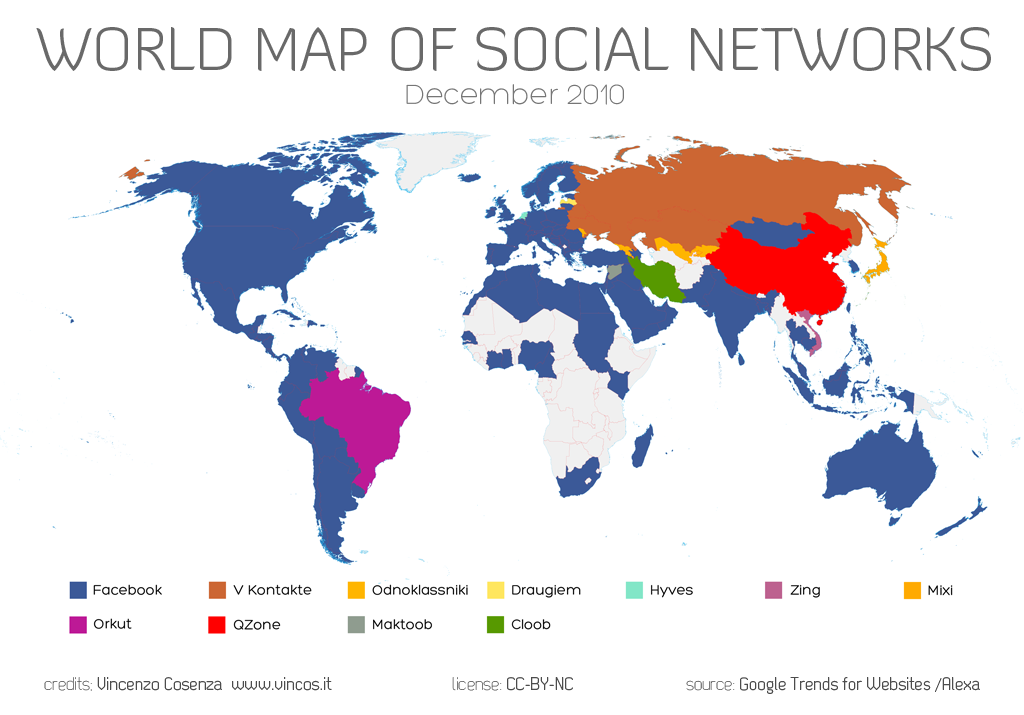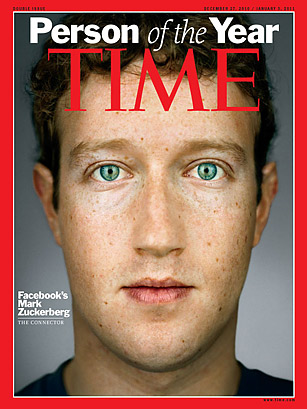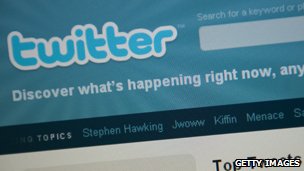 The debate over the extent to which the design and infrastructure of the Web privileges certain demographic groups is not new, but, nevertheless, continues to be important. Perhaps, most attention has been given to the way traditional gender hierarchies are reproduced by the masculine infrastructure of the Web. Cyborgology editor Nathan Jurgenson, for example, has previously covered the Wikipedia’s bias toward masculine language. Saskia Sassen warns “it may be naïve to overestimate the emancipatory power of cyberspace in terms of its capacity to neutralize gender distinctions.”
The debate over the extent to which the design and infrastructure of the Web privileges certain demographic groups is not new, but, nevertheless, continues to be important. Perhaps, most attention has been given to the way traditional gender hierarchies are reproduced by the masculine infrastructure of the Web. Cyborgology editor Nathan Jurgenson, for example, has previously covered the Wikipedia’s bias toward masculine language. Saskia Sassen warns “it may be naïve to overestimate the emancipatory power of cyberspace in terms of its capacity to neutralize gender distinctions.”
In an NPR interview this week, Wikipedia founder Jimmy Wales addressed the masculine bias of Wikipedia:
“The average age [of Wikipedia users] is around 26,” Wales says. “We’re about 85 percent male, which is something we’d like to change in the future. We think that’s because of our tech-geek roots.”
While the organization’s acknowledgment that the gender disparity on Wikipedia is promising, Wales seems to address the need for making the site more inclusive to women only from a marketing perspective. Sociologically speaking, there is a far more important reason to attract women to Wikipedia. Feminist sociologists have long argued the the types of knowledges that men and women produce are fundamentally different (in no small part due to their distinct social experiences). As Wikipedia is increasingly accepted as the primary source of collected human wisdom, it is important to ask whose voices are being left out, and as such, what ways of thinking are absent in the conversation. For Wikipedia, design and accessibility are not merely questions of customer service, but, in fact, have profound epistemological implications.





 Christina Campbell wrote
Christina Campbell wrote

